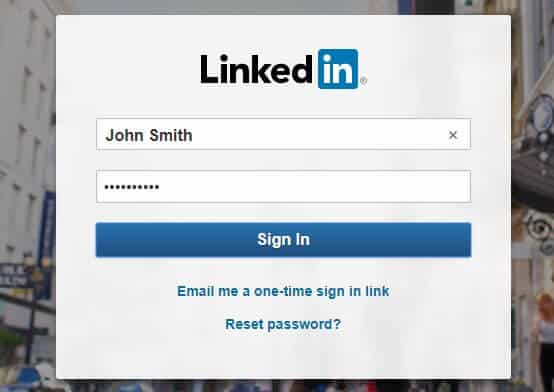
The first one consists of an email supposedly coming from LinkedIn, but actually it has been forged and comes from a real cybercriminal ( Figure A).įigure A A phishing email supposedly coming from LinkedIn. In a recent blog post, Kaspersky exposed some examples of this kind of phishing email. Abusing LinkedIn is one of those techniques that is very effective because a lot of professionals use and depend on LinkedIn for their activities or work relationships. Now some phishing includes advanced social engineering. SEE: Password breach: Why pop culture and passwords don’t mix (free PDF) (TechRepublic) With phishing, the goal is to collect banking credentials, credit card numbers or get access to emails from users, which in turn allows them to run more sophisticated scams, like the infamous business email compromise scam that has affected so many companies for some years already. Top 10 open-source security and operational risks of 2023Īs a cybersecurity blade, ChatGPT can cut both waysĬloud security, hampered by proliferation of tools, has a “forest for trees” problemĮlectronic data retention policy (TechRepublic Premium)Ĭybercriminals are always changing their tactics in order to achieve their goals. Image: Natee Meepian/Shutterstock Must-read security coverage Learn how to detect phishing on LinkedIn and protect yourself from it.



Don’t fall for LinkedIn phishing: How to watch for this credential-stealing attackĬybercriminals are now using LinkedIn to find a way into your files.


 0 kommentar(er)
0 kommentar(er)
